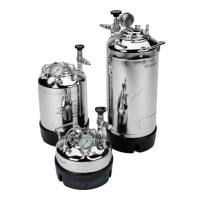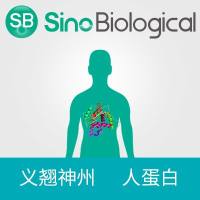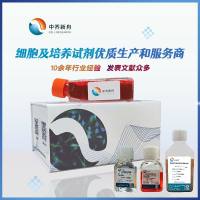Analysis of the Endocardial-to-Mesenchymal Transformation of Heart Valve Development by Collagen Gel Culture Assay
互联网
互联网
相关产品推荐

Pressure vessel replacement parts kit (pressure gauge, safety relief valve, and all necessary connections) (1/pkg)
询价

gel4/gel4蛋白Recombinant Neosartorya fumigata 1,3-beta-glucanosyltransferase gel4 (gel4)重组蛋白Glucan elongating glucanosyltransferase 4蛋白
¥2328

Recombinant Human COL6A3 / Collagen-VI Protein | 重组人 COL6A3 / Collagen-VI 蛋白
¥4520

血清替代物II(Cell Culture Supplement)
¥2580

Recombinant-Human-Tail-anchored-protein-insertion-receptor-WRBWRBTail-anchored protein insertion receptor WRB Alternative name(s): Congenital heart disease 5 protein Tryptophan-rich basic protein; WRB
¥10332
相关问答

